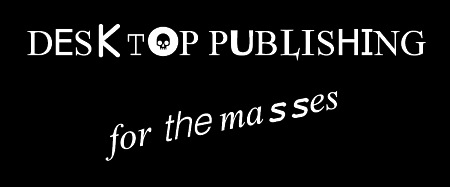Is Self Publishing About to Explode (In a Good Way)?
filed in Book Cover Illustrations and Artwork on Dec.02, 2010
Authors who have secured a book contract with a major publisher are often surprised to discover that there’s virtually no promotion or support from a publisher for a title these days. There’s no publicity department issuing press releases, no big ads targeted at potential readers. That’s reserved for the top tier authors. The mid-list writers are pretty much on their own beyond listings in catalogs and introduction to the news stands and book stores through the publisher’s distribution network.
That’s the shock many authors get with their first book: Big presses no longer offer (and perhaps never did) much of anything to promote a mid-list book.
Nor do the presses offer any help to the author in terms of how to go about writing press releases, scheduling book tours and signings, or locating radio programs the author might talk on. The author has to sink or swim. He must figure all this stuff out pretty on his own. “High-Ho, Silver, away!” The Lone Writer rides again.
This wouldn’t be so bad perhaps if the presses compensated the author for his publicity and travel costs. But they don’t (unless the author is lucky enough to be able to negotiate that in his initial contract).
So basically the burden of promotion, advertising, and so forth has been shifted from the publisher to the author with NO compensation to the writer.
Now the big publisher does bring some important cards to the table: Editing, graphic design, and distribution.
But many authors are starting to ask themselves if they might not hire freelancers to do this work and still come out ahead by self publishing since they’re going to have to pay for promoting the book out of their own pocket anyway.
Until recently, the answer was “No!” A big press still had the distribution of books sewn up and a self-publisher just couldn’t compete with that.
But with ebooks gaining popularity, this situation may be changing.
And already a few mid-list authors are saying, “Forget it” to the big publishers and starting their own tiny presses. It’s very possible this slow trickle of defecting authors will grow into a flood, and at that point the book publishing industry may be turned on its head.
Of course the big presses may react by paying a bigger percentage in royalties to authors. And they might even dust off their publicity departments and start offering writers the support needed for properly promoting books.
That uncertainty of how the players will react to future events is what keeps big publishing interesting.
=====================
When not plotting the overthrow of big presses, Duncan Long is a freelance magazine and book illustrator who works for HarperCollins, PS Publishing, Pocket Books, Solomon Press, Fort Ross, ISFiC Press, as well as for self-publishing authors. See his book illustrations at: http://DuncanLong.com/art.html
=====================
Comments Off on Is Self Publishing About to Explode (In a Good Way)?







